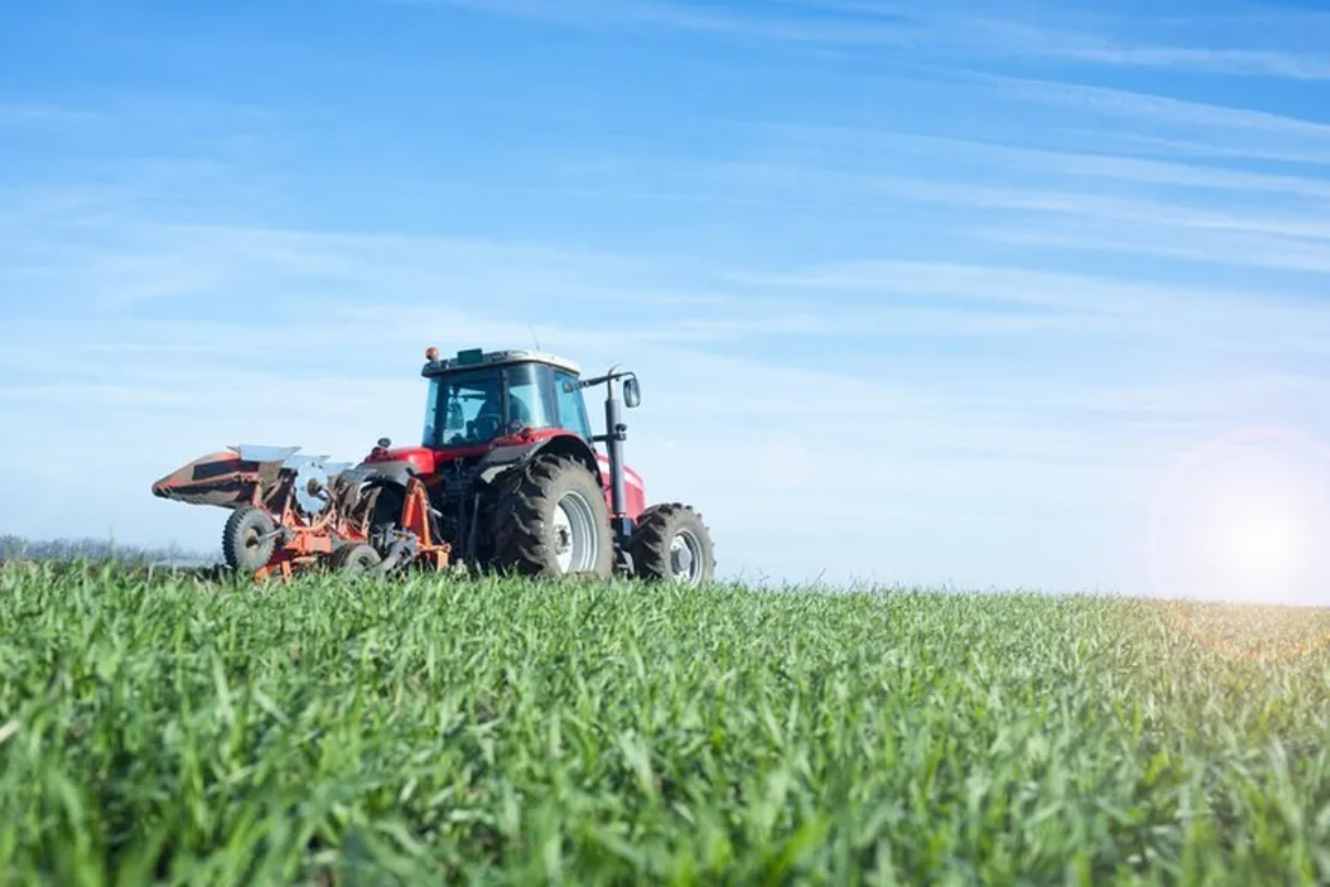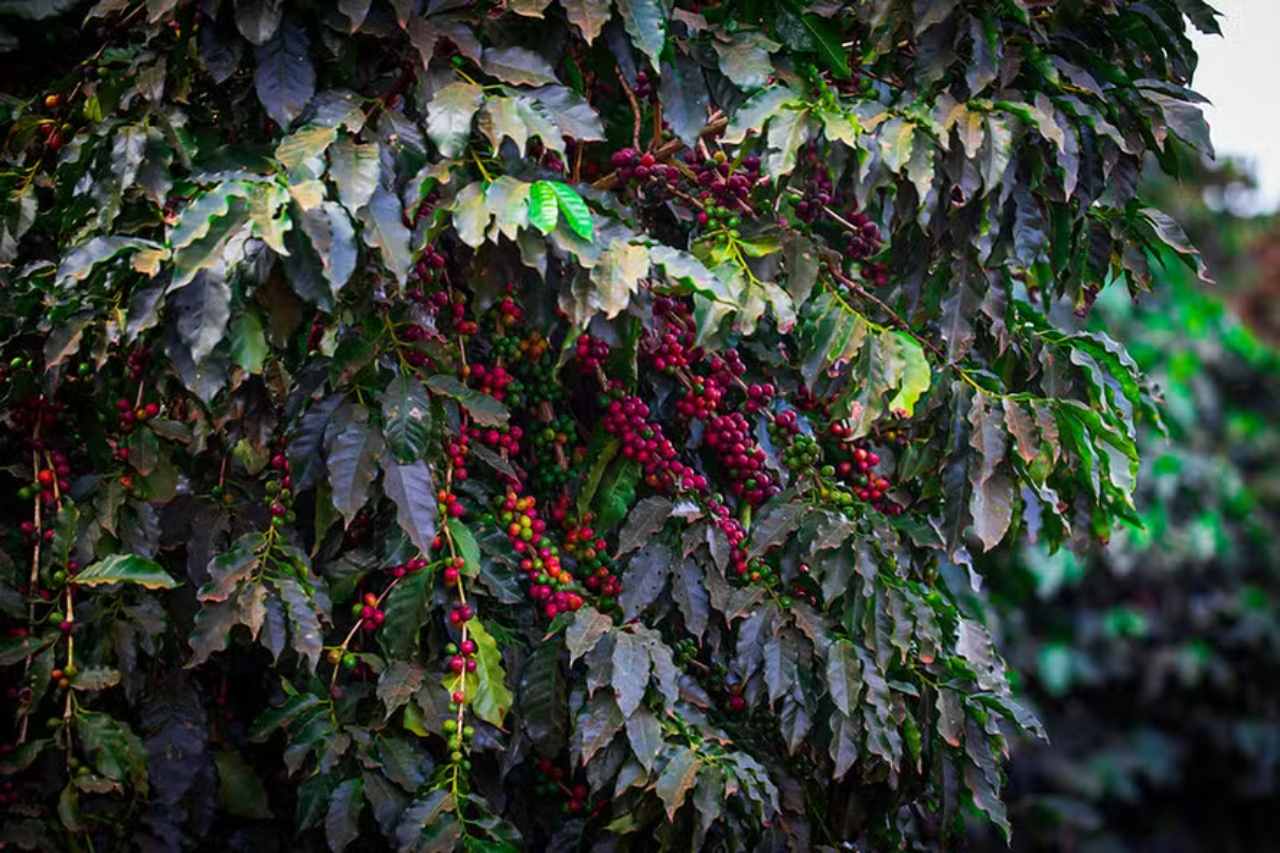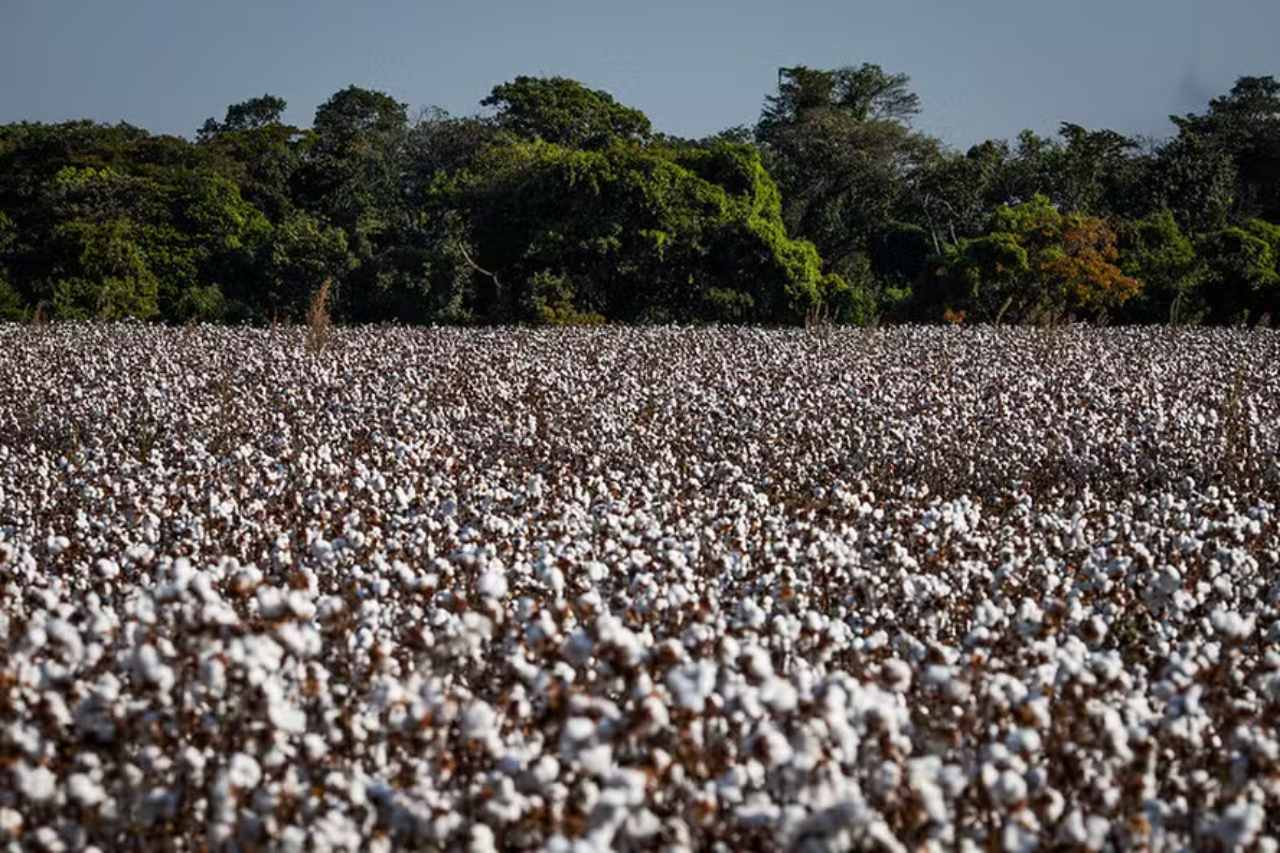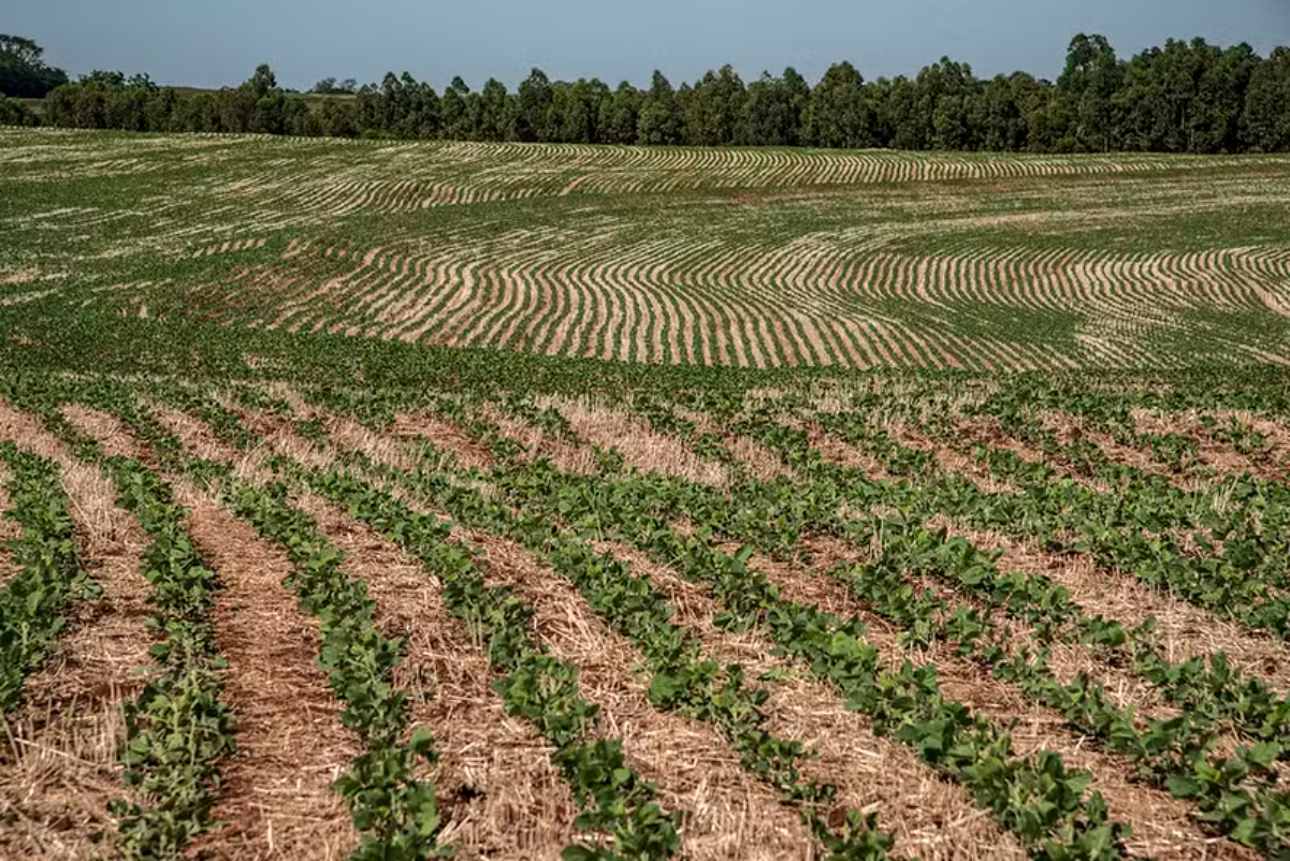A total of BRL 151.4 billion was released in financing for producers, compared to BRL 201.2 billion in the 2023/24 Agricultural Plan
Rural credit disbursements by financial institutions decreased by 25% from July to October this year compared to the same period in 2023. Over these four months, BRL 151.4 billion was made available to producers under the 2024/25 Agricultural Plan, down BRL 50 billion from the previous cycle’s first quarter, which provided BRL 201.2 billion.
The breakdown of financing includes BRL 95.4 billion for production costs, BRL 32.6 billion for investments, BRL 13.5 billion for commercialization, and BRL 9.8 billion for industrialization, based on Central Bank data as of November 8. These figures may change depending on the day accessed.
Last week, Gilson Bittencourt, Sub-Secretary of Agricultural Policy at the Ministry of Finance, mentioned in a public hearing that it typically takes around 45 days for the Central Bank’s system to fully reflect rural credit performance. Many operations contracted by producers are not yet displayed in public reports, as funds have not yet been released—a process that usually occurs within this timeframe.
Bittencourt acknowledged the slower pace in this cycle but noted the reduction is closer to 14–15%. He attributed this to factors including weather impacts on production and planning, reduced input costs, and even the abandonment of marginal cultivation areas, which have lessened demand for specific loans.
He also stated that the decline in disbursements has been most pronounced among large producers. However, some of these producers have been accessing credit through the issuance of Rural Product Certificates (CPRs) via banks. In contrast, medium-sized producers have shown an increased demand for credit, and small producers have maintained their borrowing levels.
“What we’ve seen is a decrease in free-rate rural credit operations, partially offset by bank-issued CPRs, which are subject to banks’ risk analysis,” Bittencourt explained. “When analyzing contracted funds set to be released soon, the decrease is about 14–15%.”
Between July and September, bank-issued CPR financing grew by 58.8% year-over-year, from BRL 65.8 billion to BRL 104.5 billion. This increase more than compensated for a 20.1% drop in rural credit disbursement through traditional lines with or without government subsidies.
By combining traditional credit lines and CPRs, the government claims the total amount accessed by producers through banks and financial cooperatives under the Agricultural Plan rose 2.4% by September, reaching BRL 236.1 billion in disbursements. This trend continued in October, though final data is still pending.
In June, Agriculture Minister Carlos Fávaro advocated for the inclusion of bank-issued CPR resources in the Agricultural Plan’s 2024/25 reporting, which had not previously been the case. This inclusion increased the total financial resources available for this cycle, with the Ministry arguing that banks are obligated to allocate funds through CPR financing, partially funded by Agribusiness Credit Bills (LCAs).
Agricultural leaders report a shortage of resources, forcing some producers to turn to barter arrangements with industries and trading companies, often a costlier option.
Meanwhile, the Ministry of Agrarian Development reported that over BRL 29.5 billion has been allocated to the National Program for Strengthening Family Agriculture (Pronaf) through October, up 4% from the same period in 2023. Most of these resources (BRL 17.3 billion) went to the South, though the Northeast had the most contracts (323,400).
Additionally, the Ministry’s balance sheet highlighted a 176% increase in production cost financing for beans (BRL 188 million), with disbursements for other staple foods like onions, potatoes, cabbage, and carrots also seeing growth.





